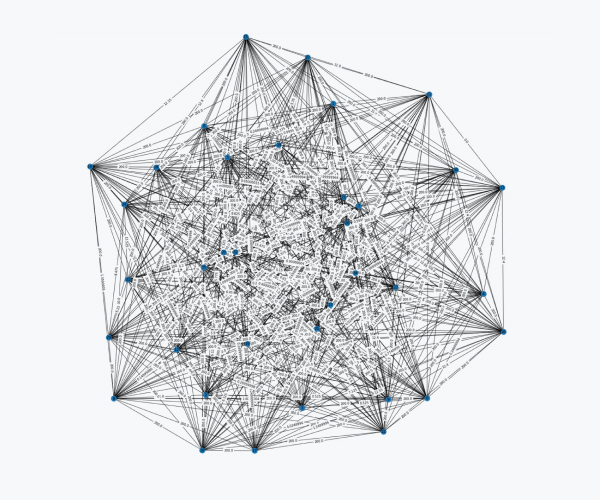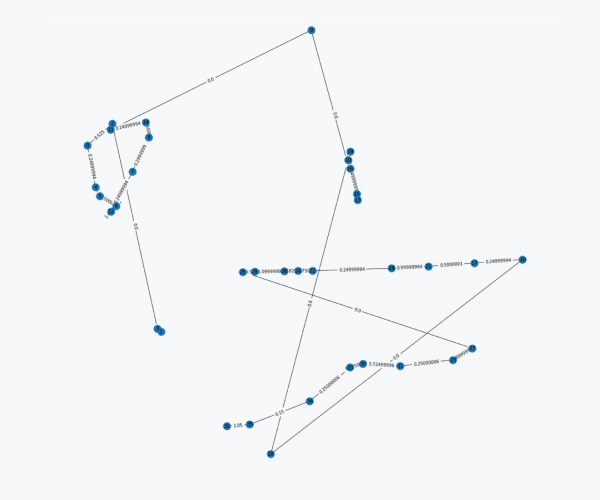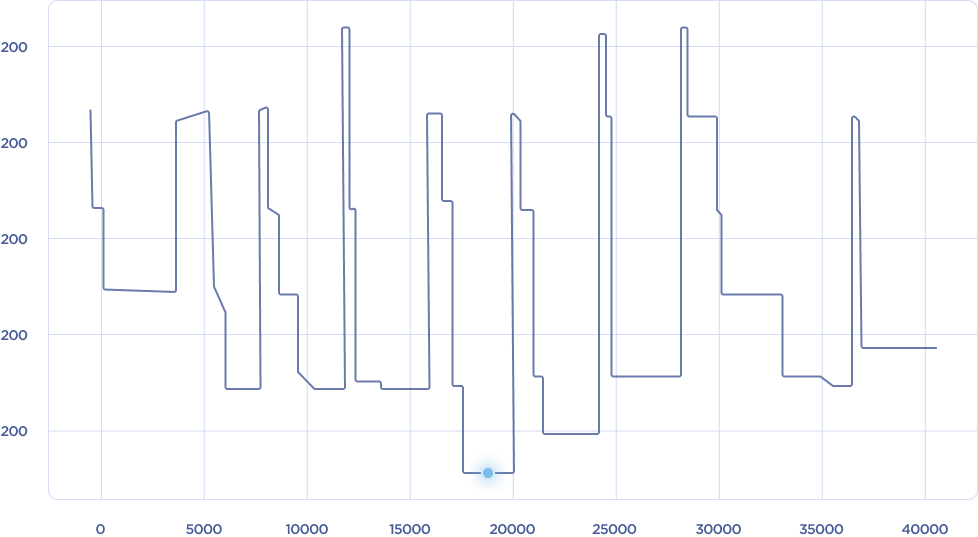Project Cases
(02)
View All
Industrial Production
View All
Industrial Production














 PDF
PDF









 contact us
contact us